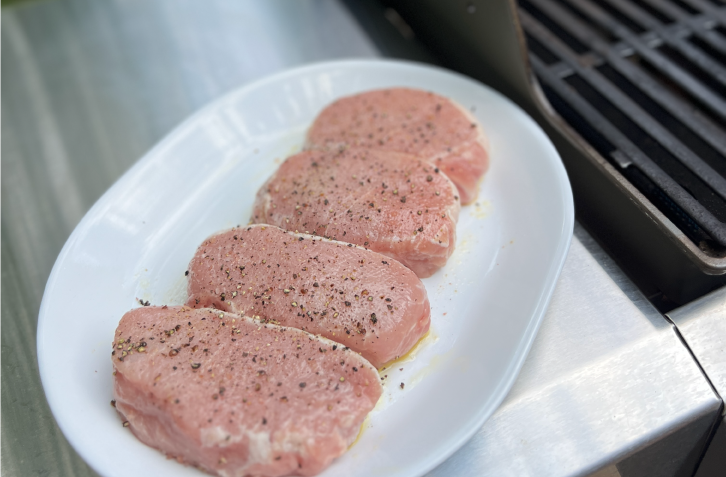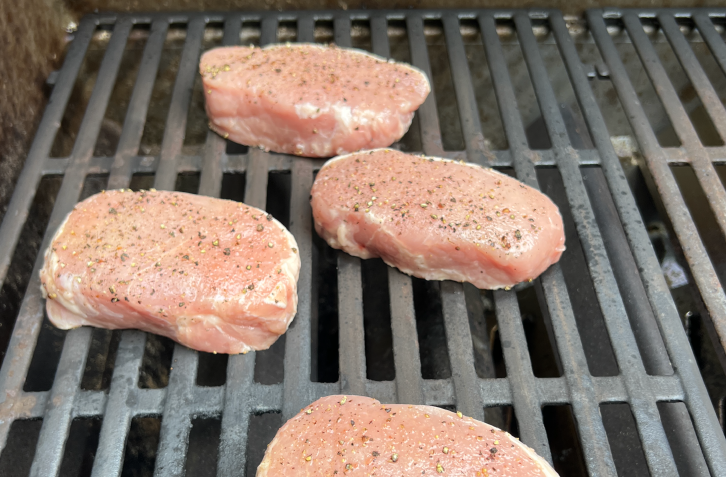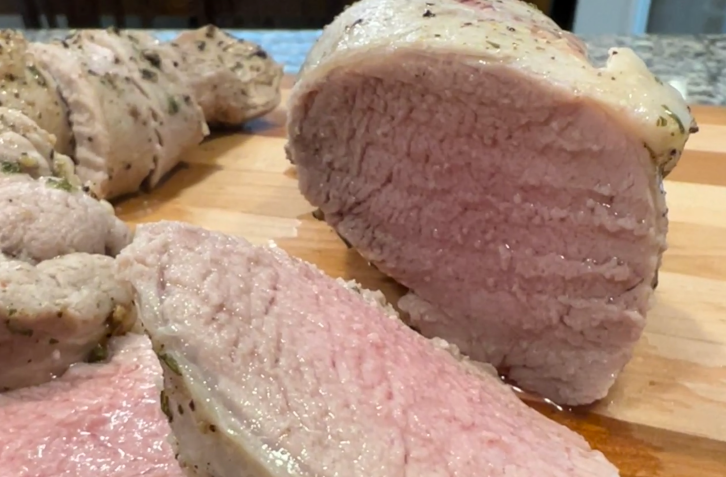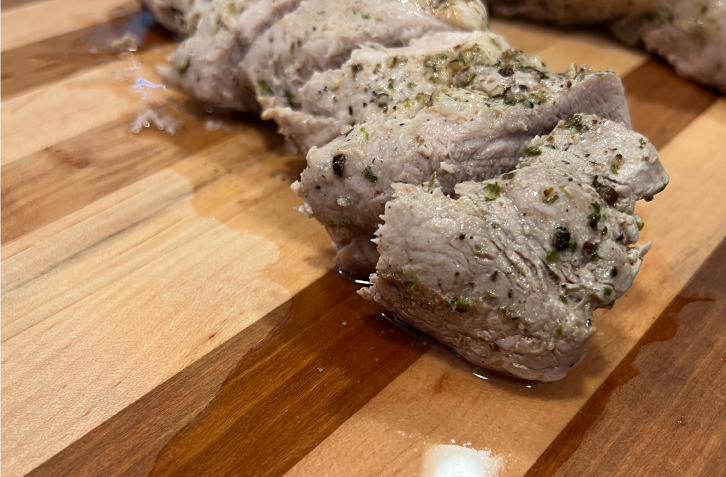Do you want to make delicious pork every time? We know that it can be a fine line between tender and juicy pork or a dry, tasteless piece of protein. But don’t worry. It’s easy to make sure you’re on the right side of that line with just a few tweaks to your techniques. Ease your worries and ensure that you are enjoying tender, juicy, flavorful pork correctly by checking out our list.
1. Let your pork chops come to room temperature.
Pork chops (or any other whole muscle cut of meat) should be brought to room temperature before cooking. This will help the meat cook more evenly and prevent it from becoming tough. To bring pork chops to room temperature, simply remove them from the refrigerator about 30 minutes before cooking. You can use this time to season or marinate the cut if you want.

2. Know the right cooking method for the cut.
With so many cuts to choose from, it’s important to recognize that each cut is different. The thickness, flavor and cut location should all be considered when selecting a cooking technique. Some methods favor smaller cuts of pork (think pork chops on the grill) while roasting or slow cooking are perfect for larger pieces, like loins. Understanding the cut of pork that you are preparing and the techniques of your preferred method can help you produce a quality and consistent piece of pork that you’ll want to enjoy time and time again. To learn more about cuts of pork and cooking techniques, check out www.pork.org/cooking-techniques/.

3. Use a meat thermometer.
A meat thermometer is a game-changer. This tool can give you a quick reading of the internal temperature without having to guess or slice open your cut prematurely. For whole cuts, the safe internal temperature is 145° (medium-rare.) This temperature provides a safe eating experience while maintaining the quality of your meat. Ground pork (for meals such as pork burgers) should always be cooked to an internal temperature of 160°. Learn more about proper cooking temperatures: https://www.pork.org/pork-cooking-temperature/.

4. A little pink is perfection.
This ain’t your grandparents’ porkchop. Today’s pork is much leaner, which is why it is very important to not overcook your cut of pork and lose valuable flavor. Just like steak, pork can be cooked medium-rare, medium, medium-well or well depending on your preference. A little pink is perfectly safe. And you can reassure your grandma, you’re not going to get sick from eating pork that’s still a little pink. Trichinosis is still a very real serious foodborne illness, but it’s easily preventable. Just follow the next step.

5. Give it a rest.
This often-overlooked step can help you bring your pork centered meal to the next level. Once you’ve gotten your meat to a perfect temperature, take it off the heat and allow it to rest for 3 minutes. This doesn’t just get it to the perfect eating temperature, you’re allowing the juices to redistribute, meaning maximum flavor throughout the meat. If you cut into it too quickly, all the juices will run out onto your plate, so you’ll be be glad you were patient when you finally cut into that tender, juicy, flavorful meal.

Now that you have this checklist, you can feel confident in your ability to make delicious pork every time. You can enjoy the variety of cooking methods, ease of preparation and the nutritional value of 100% Real Pork. What’s not to love about that?
Find recipe inspiration at Pork.org.
